Eugenics

Historical context
In 1859, Charles Darwin’s The Origin of the Species popularized the theory of “survival of the fittest,” which led to the extrapolation of “social Darwinism” in the latter half of the nineteenth century. Eugenics (meaning “well born” or “good stock”) is a term coined by Francis Galton, Charles Darwin’s cousin, in 1869. Galton believed that humanity as a whole could be improved by selectively encouraging the “best” families to have more children. These beliefs led to “fitter families” and “better baby” contests (similar to stock breeding contests) at county fairs, restrictive immigration laws, and sterilization into the twenty-first century of over 60,000 people, including some 25% of Native women of childbearing age in the 1970s. These policies and practices were influenced by false beliefs such as poverty or “delinquency” being factors of genetics and people whose families were “proven” to have histories of certain behaviors or social, cultural, or economic traits were considered to be genetically “bad stock.”
Culturally relevant pedagogy considerations
Tenet 3 of Culturally Relevant Pedagogy states that students should be provided with the tools to examine and question what is considered "normal," "truth," and "the way things are." While the most well-known eugenics practitioners were part of the Nazi party, similar beliefs in the US and elsewhere led to people with disabilities and members of minority groups being sterilized because doctors or committees believed they were not “fit” to be parents or there should be no more people in the population with their characteristics. Teachers should be sensitive to the ongoing impact of these beliefs, for example current situations of discrimination based on underlying eugenics assumptions. For example many people with disabilities are denied medical care based on judgements about “quality of life” made by people without disabilities, including doctors (one recent example is COVID care).
Important questions to consider when exploring this set include: Who decides what “normal” or “desirable” mean? Who decides who would be good parents? What systemic factors (such as ableism, classism, racism, sexism) impact these decisions? How do similar conversations look in today’s society? How are people and communities resisting these forces today?
Content warning
Discussing who should be allowed to have children, and which populations are considered desirable or undesirable is a very personal conversation. This source set may be sensitive for students who identify with groups described as undesirable or have family or friends who do, or who have a connection to forced sterilization. Several of these sources also use words that may have been appropriate to use in the past but are now offensive to many people.
This set was compiled by Wendy Harris, high school teacher at Metro Deaf School in St. Paul, Minnesota.
Classroom ready resources
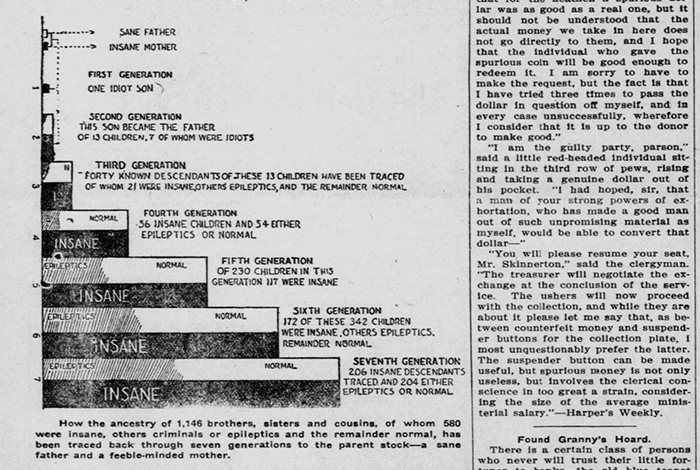
How the ancestry of 1,146 brothers, sisters, and cousins…
Date: 1911
Creator: Western Kansas World
Type: Chart
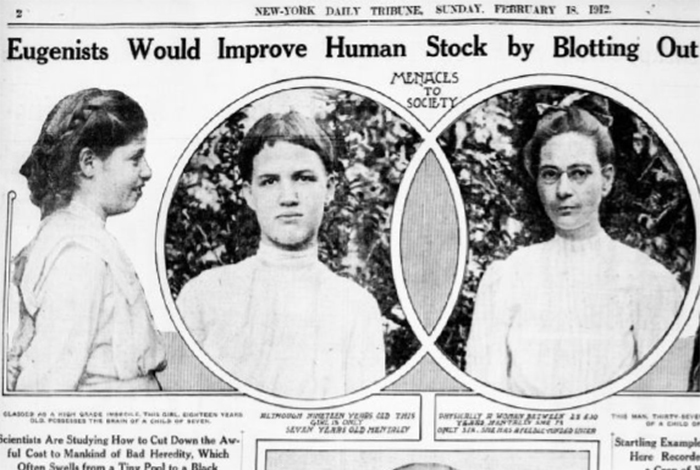
Eugenics Would Improve Human Stock by Blotting Out Blood Taints
Date: 1912
Creator: New-York Daily Tribune
Type: Newspaper
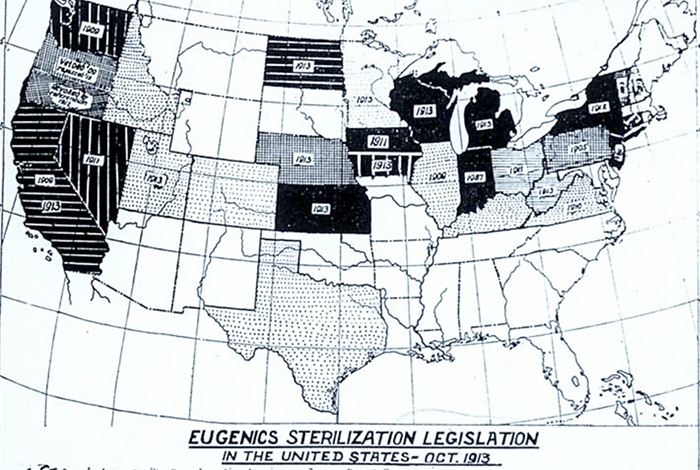
Eugenics Sterilization Legislation in the United States -- Oct. 1913
Date: 1913
Creator: Harry H. Laughlin
Type: Lantern slide
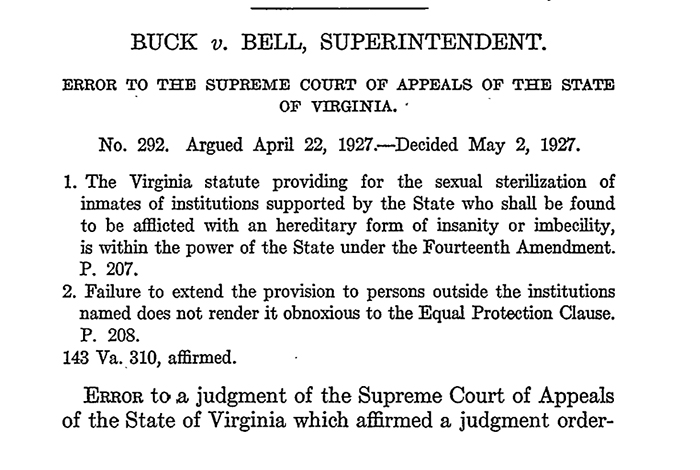
Buck v. Bell, Superintendent
Date: 1927
Creator: Justice Oliver Wendell Holmes, Jr.
Type: Court Ruling
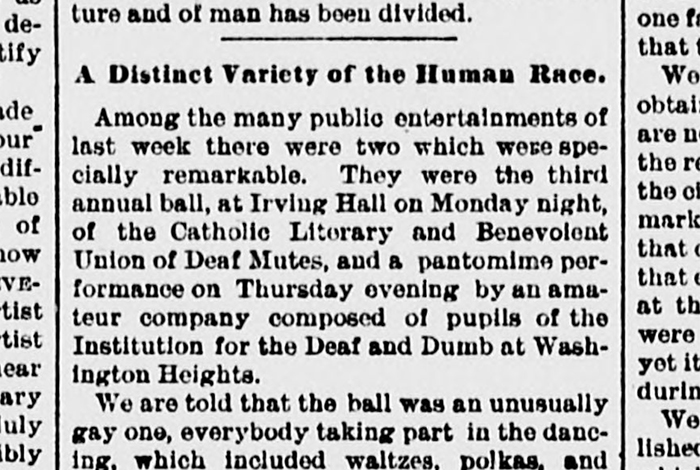
A Distinct Variety of the Human Race
Date: 1885
Creator: The Sun
Type: Newspaper
Location: Column 3
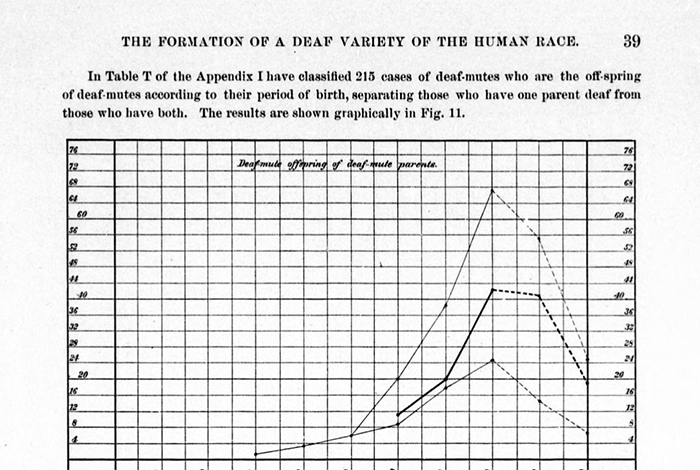
Memoir Upon the Formation of a Deaf Variety of the Human Race
Date: 1884
Creator: Alexander Graham Bell
Type: Monograph
Location: pages 41-48
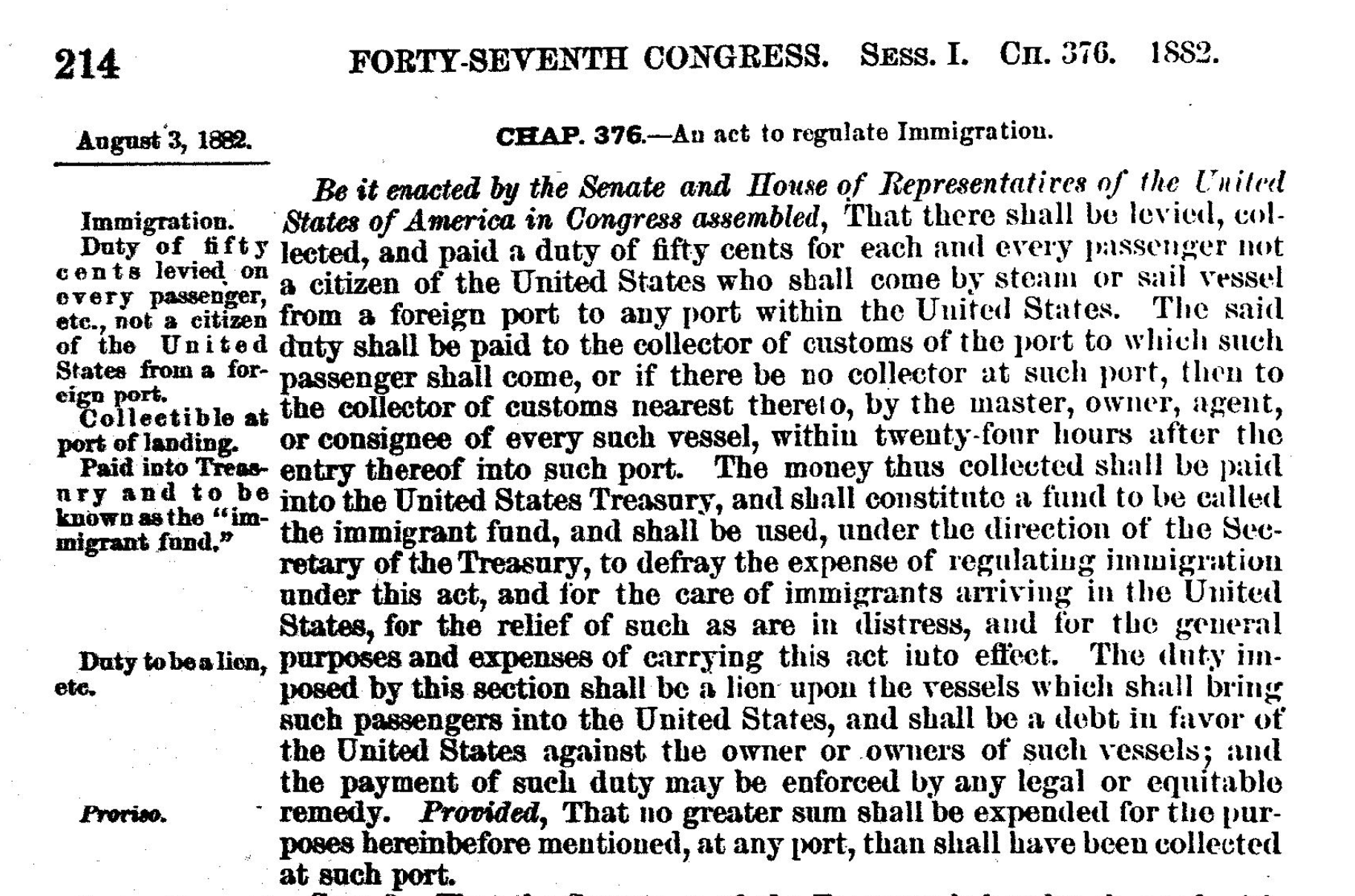
1882 Immigration Act
Date: 1882
Creator: US Congress
Type: Law
Location: Chapter 376, Section 2
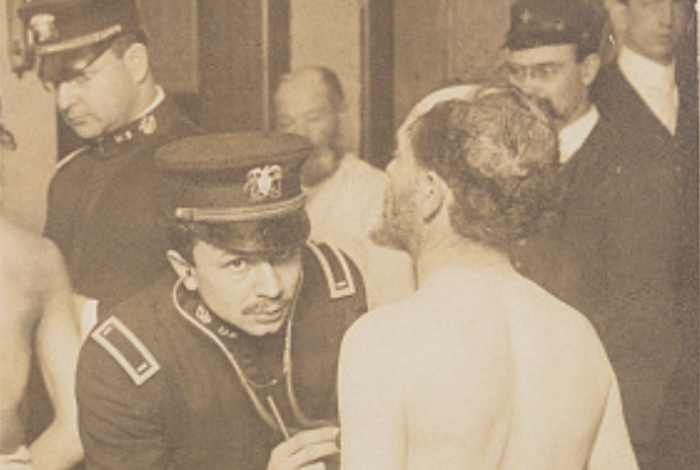
Physicians Examining a Group of Jewish Immigrants
Date: 1907
Creator: Underwood & Underwood
Type: Photograph
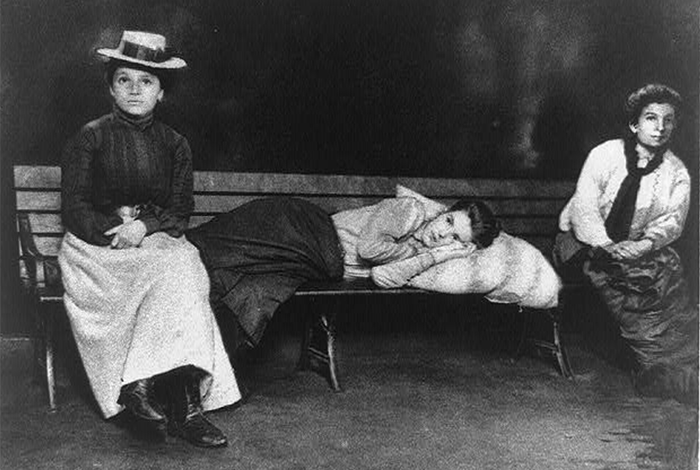
Held at Ellis Island–undesirable emigrants to be taken back by steamship company that brought them
Date: 1902
Creator: Unknown
Type: Photograph
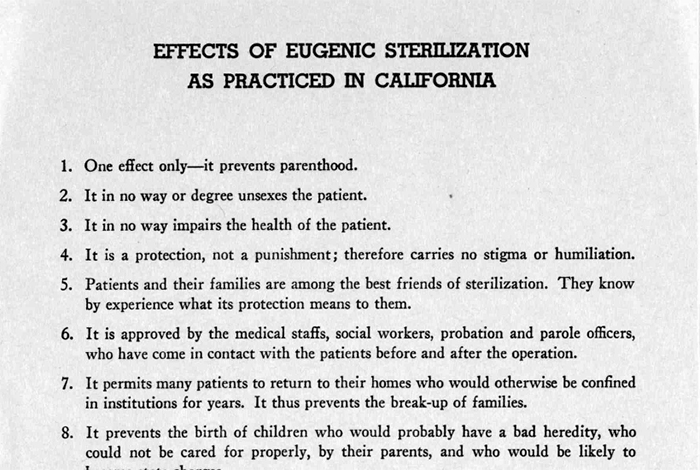
Effects of Eugenic Sterilization as Practiced in California
Date: 1937
Creator: The Human Betterment Foundation
Type: Ephemera
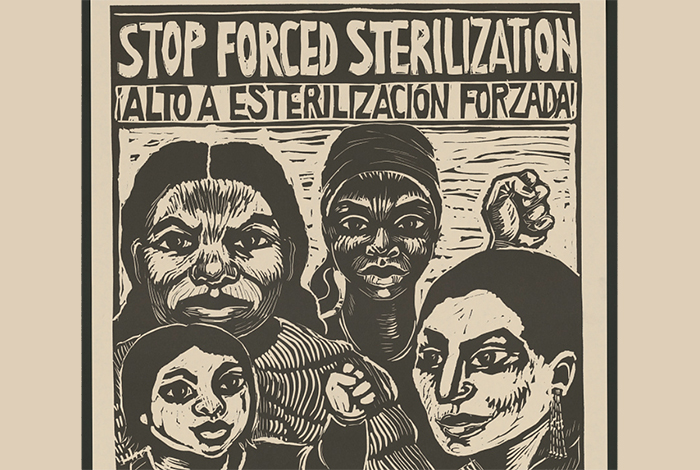
Stop Forced Sterilization
Date: 1977
Creator: San Francisco Poster Brigade
Type: Poster
Contact
Meghan Davisson (meghan.davisson@mnhs.org), grant director
Disclaimer: Content created and featured in partnership with the TPS program does not indicate an endorsement by the Library of Congress.